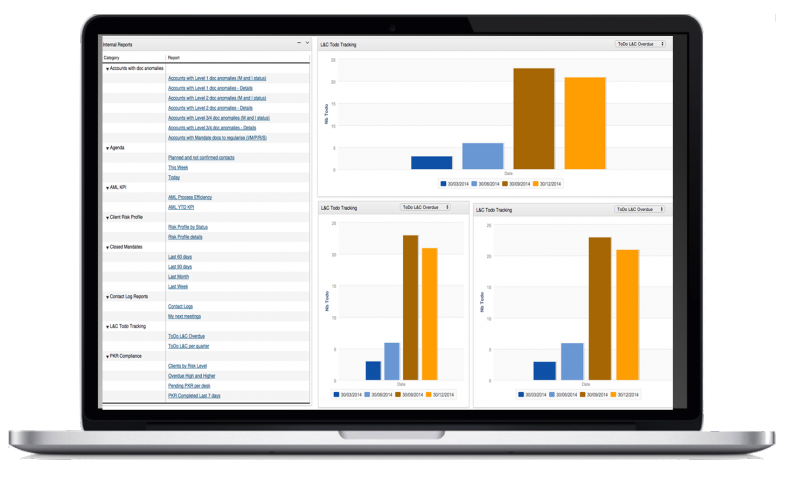Whitestein Technologies is proud to be a Platinum Sponsor to the annual...
You are here
What’s the smartest way to work faster?
How quickly and easily can your organization ramp up a new process? The US Department of Veterans Affairs (VA) faced this challenge when it implemented the Post-9/11 Veterans Education Assistance Act of 2008. The process focused on expanding educational and housing benefits for military veterans who have served since September 11, 2001.
To begin, the VA hired and trained hundreds of Veterans Claims Examiners (VCEs) to administer this comprehensive government benefits program. Given the complexity and scope of the program, the VA quickly realized that a lack of standard operating procedures across the four regional processing offices was leading to different interpretations of business rules and workflows, presenting serious compliance issues, and causing a significant backlog in claims processing.
The VA turned to Whitestein’s intelligent business process management system (iBPMS), LSPS, to automate and standardize its claims processing. The VA’s goals with LSPS were threefold: to shield VCEs from the complexity of the processes, to ensure veterans received all the benefits they were entitled to, and to significantly reduce the processing times. The VA analyzed, modeled, and refined its business processes as executable artifacts within LSPS. This resulted in VCEs in every VA office using the same structured workflow to process claims, which standardized processes and increased productivity.
Whitestein’s LSPS improved quality. But what about speed? In the 16 months prior to the VA’s LSPS launch, the backlog of unprocessed claims had not fallen below 100,000—and the volume of claims was continually increasing. The VA’s next priority was to automate claims processing.
The VA initially focused on the straightforward claims that required little to no human intervention. Modeling this scenario is called the “happy path”, which is the default path of a process with no exceptions or errors. To enable its happy path, the VA set LSPS to accept only a narrow range of values for virtually every field, such as tuition amounts, rental claims, and dates of service. LSPS automatically re-routed for manual processing those claims that did not fall within these “happy path” parameters.
With this approach, the VA fully automated 30% of supplemental claims, which was a tremendous time and cost saver. But the VA’s goal was to fully automate as many claims as possible to reduce routine work and free up VCEs to focus on claims that require more time and human judgment. As the VA and VCEs became more confident in iBPMS automation, they expanded the range of acceptable values so that the LSPS automatically processed more complex claims. In the first 6 months, the new LSPS claims processing engine evaluated 1.2 million supplemental claims. Of these, 560,000, or 47%, were processed automatically by the engine, with no human intervention required. LSPS also partially processed another 520,000 claims that were later completed by VCEs. By dramatically reducing the number of claims VCEs needed to focus on, Whitestein’s LSPS enabled the VA to reduce claims processing times from nearly three weeks to eight days on average. In the first full year of operation the system handled approximately 3.4 million claims.
“This automation has not only improved education benefits processing, it has allowed us to shift resources to other priorities, like improving timeliness of disability compensation decisions,” said Under Secretary for Benefits Allison A. Hickey. “It’s a great example of how technology is helping us to transform the way we do business and better serve veterans.”
This is a great example of how a business can ramp up new processes and operations at speed. For more details, read the case study.
